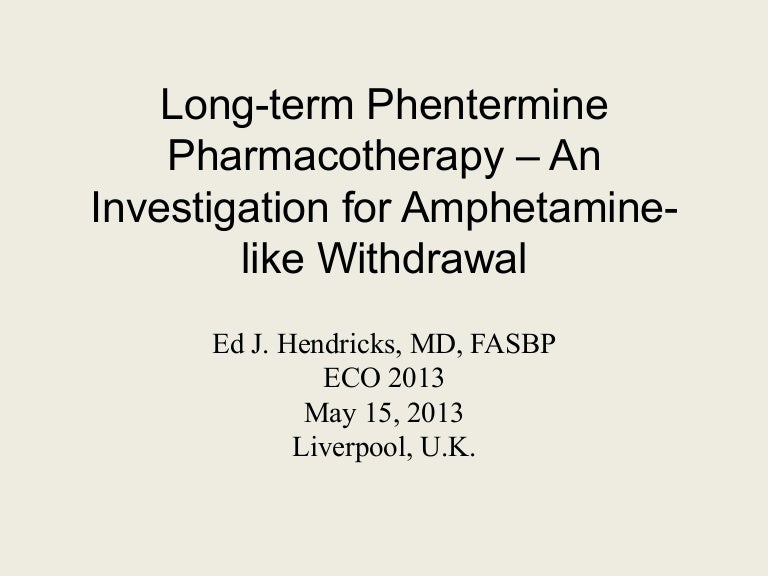


Owing to the recurrence of methamphetamine abuse in early users after withdrawal, it is important to provide a tool for diagnosing withdrawal symptoms in methamphetamine addicts. Dangerous social injuries such as traffic collisions, rape, and sexually transmitted diseases are other problems that methamphetamine users experience ( 16). Symptoms of methamphetamine withdrawal intensify day by day and may eventually be unbearable and cause relapse ( 14, 15). There is a relationship between depression and suicidal ideation after methamphetamine withdrawal ( 13).

The severity of depression after methamphetamine withdrawal cannot be compared with other substances because this kind of depression is so severe that it renders the individuals incapable of performing their daily duties and activities ( 11). These symptoms encompass depression, psychosis, and behavioral imbalance ( 12). On a global scale, the emergence of methamphetamine ( 10) begets serious problems known as “methamphetamine withdrawal symptoms” coming after its sudden withdrawal ( 11). Methamphetamine-related psychiatric disorders now constitute a formidable challenge to Iran’s health-care system ( 8), and most patients with methamphetamine dependence are young ( 9). Users of methamphetamine, who use it only once, and individuals with underlying mental disorders expedite the incidence of psychosis by 50% to 70% ( 6) and quitting the patients with methamphetamine dependence that require hospitalization ( 7). The long-term use of methamphetamine psychological disorders, in addition to performance-related problems ( 4), imposes considerable costs on families and societies ( 5). Iran has a high rate of methamphetamine users insofar as it accounts for 5.2% of the total rate of substance users ( 3). The convergent validity of the AWQV2 was examined by simultaneously administering the Advanced Warning of Relapse (AWARE) questionnaire to 40 subjects, with a correlation coefficient of 0.81.īased on the results, the AWQV2 has very good psychometric properties and may be used in research and therapeutic interventions.Īmphetamine Withdrawal Questionnaire Version 2Īddiction to methamphetamine is now deemed a major worldwide concern ( 1), an estimated annual global prevalence of 0.4% ( 2). The coefficient of test-retest reliability at a 2-week interval was equal to 0.77. These factors explained 0.58 of the total variance. Factor analysis using the main component analysis with a varimax rotation introduced three factors of hyperarousal, anxiety, and reversed vegetative symptoms. The AWQV2 had a Cronbach’s alpha of 0.72. The reliability and internal consistency of the AWQV2 items were examined using Cronbach’s alpha and test-retest reliability, respectively, and the instrument validity of the AWQV2 was measured using construct validity and convergent validity. A two-stage random sampling method was used. This study aimed to evaluate the psychometric properties of the Persian version of the 10-item Amphetamine Withdrawal questionnaire version 2 (AWQV2).Ī sample of 388 methamphetamine addicts (215 females and 173 males) referred to addiction recovery centers and psychiatric ward of Farabi Hospital in Kermanshah. Published in International Journal of Medical Toxicology and Forensic Medicine ISSN 2251-8762 (Print) 2251-8770 (Online) Publisher Shaheed Beheshti University of Medical Sciences Country of publisher Iran, Islamic Republic of LCC subjects Medicine: Medicine (General) Medicine: Public aspects of medicine: Toxicology.No standard self-report instrument for withdrawal symptoms is available in Iran.
AMPHETAMINE WITHDRAWAL QUESTIONNAIRE TRIAL
Conclusion: This trial showed that administration of quetiapine supplements for 2 months in individuals with MA abuse had beneficial effects on craving and withdrawal syndrome. Furthermore, there was a significant difference among groups in terms of the frequency of negative urine tests (P<0.001). Results: Quetiapine significantly decreased DDQ (P=0.002) and AWQ symptoms (P=0.001) compared to the placebo.

For data analysis, t test, and the Chi-square test were applied in SPSS v. The Desire for Drug Questionnaire (DDQ) and Amphetamine Withdrawal Questionnaire (AWQ) scores were evaluated at baseline and after 2 months’ intervention. Methods: This trial was conducted on 60 people with MA abuse to receive either 100 mg quetiapine (n=30), or placebo (n=30) every day for 2 months. These trials were designed to evaluate the effect of quetiapine administration on craving and withdrawal symptoms in MA abuse. Background: Patients with Methamphetamine Abuse (MA) are susceptible to many complications like craving, and withdrawal symptoms.


 0 kommentar(er)
0 kommentar(er)
